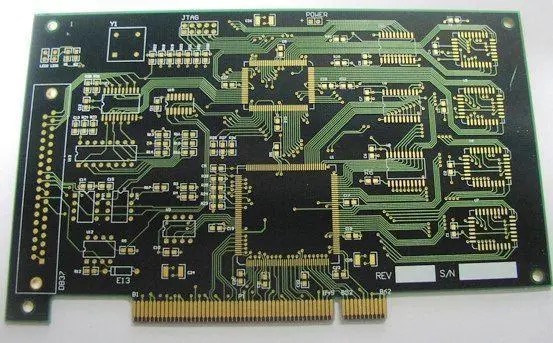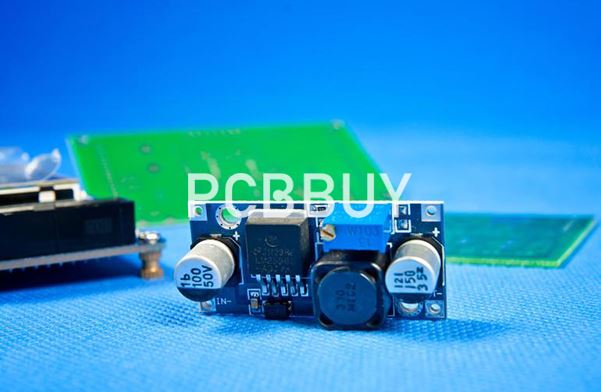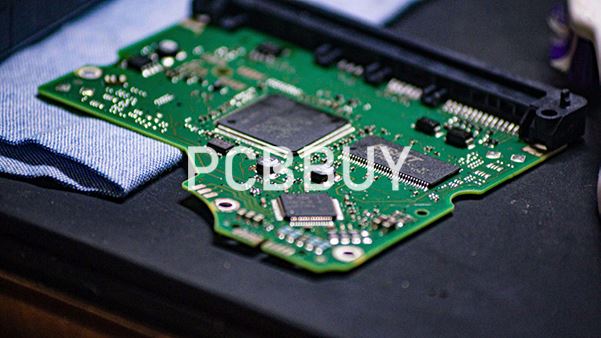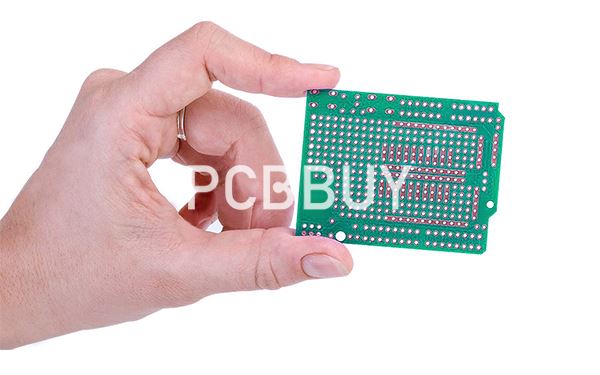how pcb boards are made?
By:PCBBUY 01/31/2024 11:06

The process of making a PCB (Printed Circuit Board) is a highly technical task that requires precise processes and tools. Here are detailed steps for making a PCB:
Prepare Design Files:
Before starting the PCB fabrication, prepare the design files, including circuit schematics, PCB layout, and component placement. Professional circuit design software like Eagle or Altium Designer can be used for creating these files.
Select Suitable Substrate Material:
Choose an appropriate substrate material for the PCB. Common materials include FR4, CEM-1, and aluminum substrate. Selection depends on factors such as heat resistance, corrosion resistance, and insulating properties.

Create Exposure Film:
Transform the designed PCB layout into an exposure film using a dedicated exposure machine or a laser printer. The exposure film is used to transfer the circuit pattern onto the copper-clad board.
Prepare Copper-Clad Board:
The copper-clad board, which serves as the base for the PCB, needs a coating of photosensitive material. It undergoes cleaning and drying processes to ensure a smooth and scratch-free surface.
Apply Photoresist Coating:
Apply a layer of photoresist coating onto the surface of the copper-clad board, either using a coating machine or manual brushing. The photoresist enables the transfer of the circuit pattern during exposure.
Transfer with Exposure Film:
Place the exposure film tightly over the photoresist-coated board and expose it using an exposure machine. Adjust exposure time to ensure clarity and precision of the circuit pattern.

Developing Process:
Develop the exposed board to remove the unexposed photoresist, revealing the copper foil. This can be done using a developing machine or manual processes, carefully controlling the concentration and temperature of the developing solution.
Etching Process:
Place the developed board into an etching machine to remove excess copper foil, defining the circuit traces. Adjust the concentration and temperature of the etching solution to ensure accuracy and stability of the circuit traces.
Remove Photoresist:
After etching, remove the remaining photoresist using a stripping solution or alcohol, taking care not to damage the formed circuit traces.
Inspection and Corrections:
Inspect the produced PCB for continuity and proper connections. If any issues are identified, make necessary corrections or repairs.

Drilling and Component Soldering:
Drill holes into the PCB as needed for component placement. Solder the required electronic components onto the PCB, completing the fabrication process. Ensure proper soldering techniques to avoid damage to the board and components.
In summary, PCB fabrication requires technical skills and experience, with each step requiring careful execution and attention to detail. Through continuous practice and experience, one can improve their fabrication skills. Additionally, safety precautions should be taken when handling chemicals and high-temperature equipment.
Industry Category











